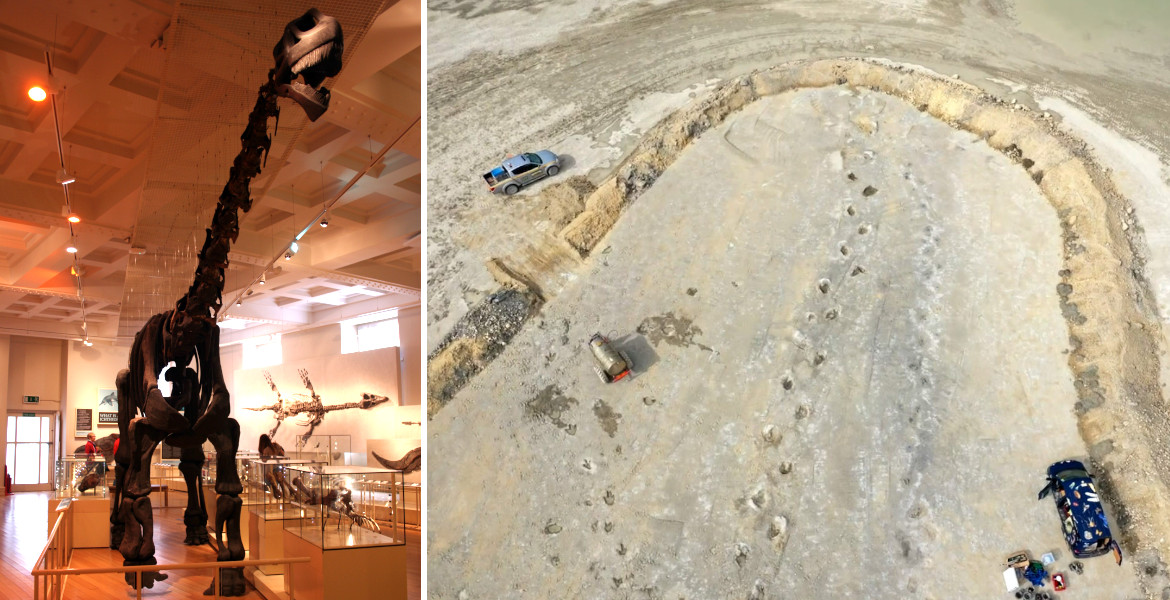A new group of environmental pollutants has been discovered in the blood of Swedes. Some of the substances may have a negative impact on fertility and may also be endocrine disruptors.
So-called synthetic phenolic antioxidants (SPAs) have been found in 30 blood donors in Stockholm, confirmed a study from Stockholm University.
SPAs are found in food packaging, chewing gum, clothing and skin care products, where they are often used to increase the durability of materials. Some of these substances are on the EU's so-called candidate list, i.e. a list of substances of very high concern. This is because some of the substances can be endocrine disruptors and also negatively affect fertility.
Previous studies from China and the US have shown that the substances are present in both humans and the environment, and some in high concentrations. However, this is the first time it has been detected in the blood of Swedes. The levels are comparable or even higher than the levels of the more well-known PFAS substances, according to researchers.
– This study is a first indication that we have a high exposure to SPAs also in Sweden. Studies on more individuals in different parts of Sweden need to be done to understand the extent of the problem, says researcher Josefin Engelhardt in a press release.
"Don't know what the consequences will be"
One reason why SPA levels may have been missed in the past is because of the great care required when analyzing blood. Since SPAs are used in plastics and laboratory materials, it is important to be sure that it is the blood levels that are being measured and not substances added during sample collection. However, new methods have now been developed to analyze SPAs in blood.
The researchers say that we now need to find out where SPAs come from and also investigate their health effects, to best prevent them from spreading and affecting people and the environment.
– We don't know what the consequences of long-term exposure to these substances will be, but the fact that they are present in high levels in the blood is sufficient to act and reduce the levels in accordance with the Swedish Parliament's environmental quality objective 'A non-toxic environment', says Engelhardt.






